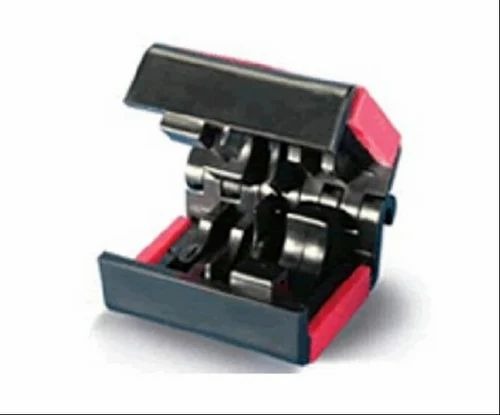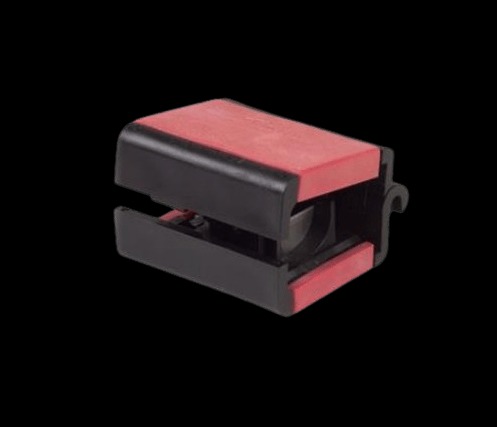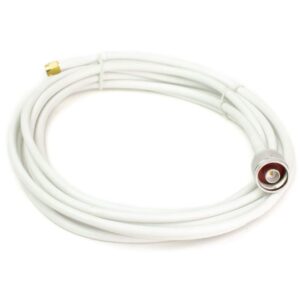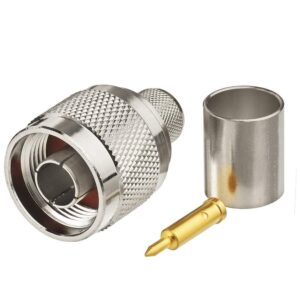- Tubing Cutters
- Purpose: Designed for cutting through pipes or tubing.
- Specifications: Use a tubing cutter suitable for the material and diameter of the tube.
- Usage: Adjust the cutter to fit around the tube and rotate it to make the cut.
- Pipe Cutters
- Purpose: Used for cutting cylindrical aluminum or plastic pipes.
- Specifications: Ensure the cutter can handle the 7/8″ diameter.
- Usage: Place the pipe in the cutter and rotate to achieve a clean cut.
- Band Saws
- Purpose: Suitable for cutting through thicker materials or making intricate cuts.
- Specifications: Use a band saw with the appropriate blade for the material and a setup that can handle 7/8″ thickness.
- Usage: Adjust the saw to the desired cut settings and feed the material through the saw.
- Jigsaws
- Purpose: Ideal for making curved or straight cuts in various materials.
- Specifications: Use a blade designed for the material you’re cutting and ensure it can handle the thickness.
- Usage: Follow the cut line carefully for precision.
- Circular Saws
- Purpose: Useful for cutting larger pieces of material.
- Specifications: Use a blade that is appropriate for the material and capable of cutting through 7/8″ thickness.
- Usage: Set the saw’s depth to slightly more than 7/8″ and make the cut along the marked line.
Tips for Cutting
- Choose the Right Blade: Ensure the blade or cutting edge is suitable for the material you’re working with (e.g., metal blades for metal, wood blades for wood).
- Secure the Material: Clamp or secure the material to prevent movement and ensure a clean cut.
- Measure Twice: Double-check your measurements before cutting to avoid mistakes.
- Wear Safety Gear: Always use appropriate safety equipment, such as goggles and gloves, to protect yourself from debris and sharp edges.
Applications
- Metalworking: Cutting metal tubes, rods, or sheets.
- Woodworking: Creating holes or cutting pieces of wood to size.
- Plumbing: Cutting pipes for installation or repairs.






